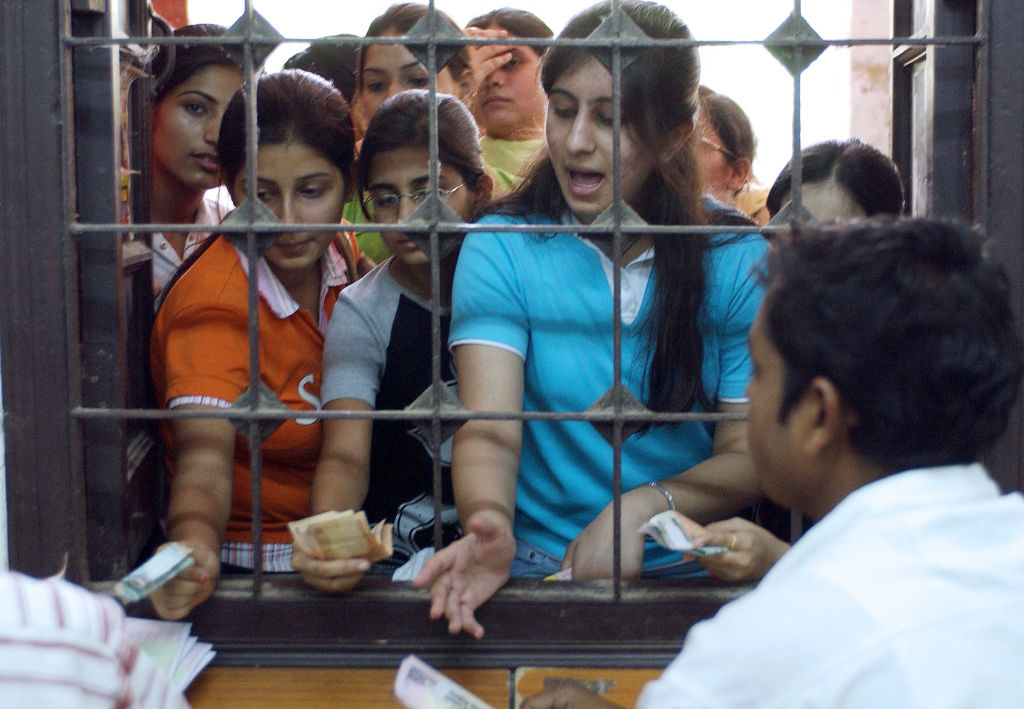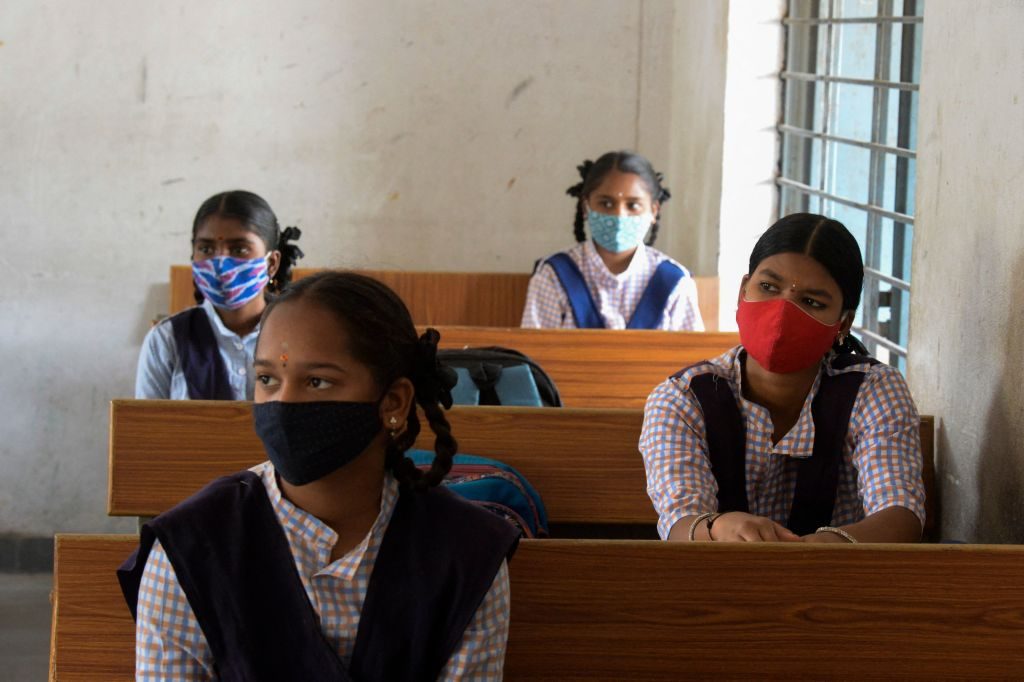- Friday, April 26, 2024

By: Shubham Ghosh
Shubham Ghosh
INDIA’S Gross Enrolment Ratio (GER) in the 2019-20 academic year has gone up while more girls are enrolling for higher education in the country. Central Education Minister Ramesh Pokhriyal on Thursday (10) released results of the latest of All India Survey on Higher Education (AISHE) 2019-20 that revealed the findings. GER for higher education reflects the percentage of population attending college and university out of the total eligible population – people aged between 18 and 23.
According to the AISHE findings, India’s GER went up from 26.3 percent in 2018-19 to 27.1 percent in 2019-20. For women, the GER in 2019-20 is 27.3 percent which is 0.4 percent more than that of men. It means more eligible women as compared to men are attending colleges and universities in India. Nearly 49 percent of the total enrolment in 2019-20 consists of female students.
Besides the GER, the Gender Parity Index (GPI), which is a comparison of the percentage of male and female students attending higher education, also saw a rise marginally. The GPI for 2019-20 was at 1.01 percent as compared to one percent the year before. This rise meant more eligible women are attending higher education compared to their male counterparts. Between 2015-16 and 2019-20, there has been a 11.4 percent growth in student enrolment. Pokhriyal pointed out that the rise in female enrolment in higher education during this five-year period is 18.2 percent.

In 2019-20, the total enrolment in higher education was 3.85 crore (38.5 million) om 2019-20 as compared to 3.74 crore (37.4 million) in 2018-19, registering a growth of 11.36 lakh (1.13 million) or 3.04 percent. In 2014-15, the figure was 3.42 crore (34.2 million).
The GER for Scheduled Caste and Scheduled Tribe category was found to be 23.4 percent and 18 percent in 2019-20, up from 23 percent and 17.2 per cent, respectively, in 2018-19.
Minister praises Modi government
A press release from the education ministry said the report provided key performance indicators on the current status of higher education in India. Minister of State for Education Sanjay Dhotre praised the Narendra Modi government saying the report’s findings spoke volumes about the successful policies that the prime minister adopted in the higher education sector. “I hope this report will help our policymakers to further improve the higher education scenario of the country,” he said.
Increasing the GER has been one of the key targets of the New Education Policy (NEP). The Modi government aims to touch 50 percent GER by 2035 through various reforms included in the NEP. Higher Education Secretary Amit Khare said the report is the 10th in the series of AISHE annually released by the higher education department. He said the rise in enrolment, number of institutions and gender equality is a part of India’s major progress towards improving access, equity and quality in the light of the NEP.
![]()